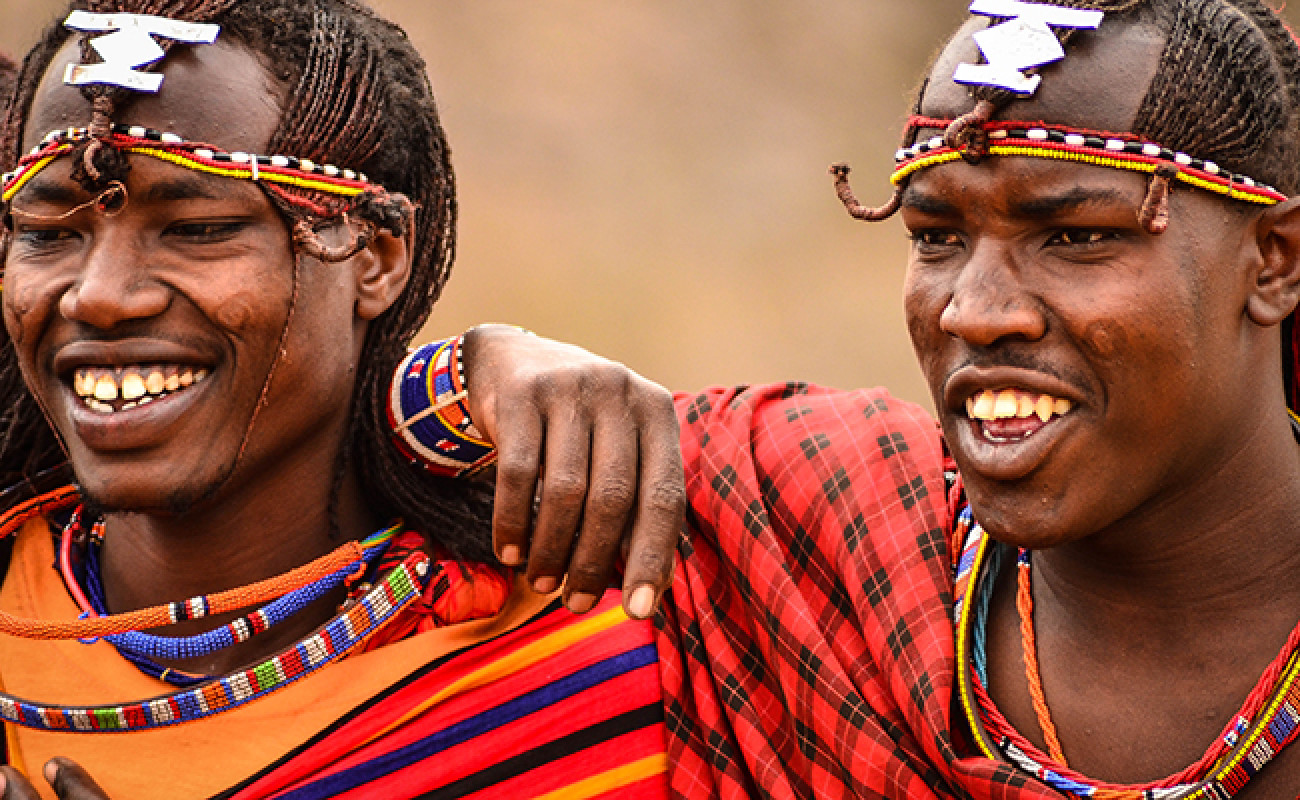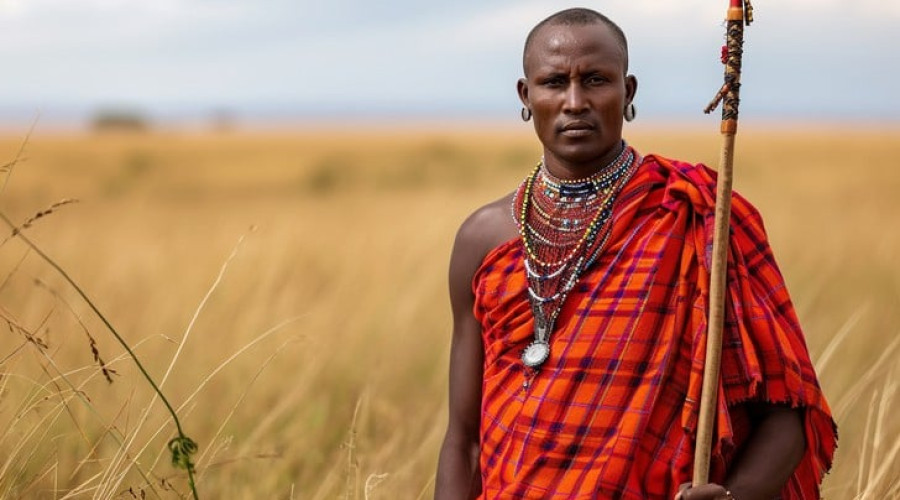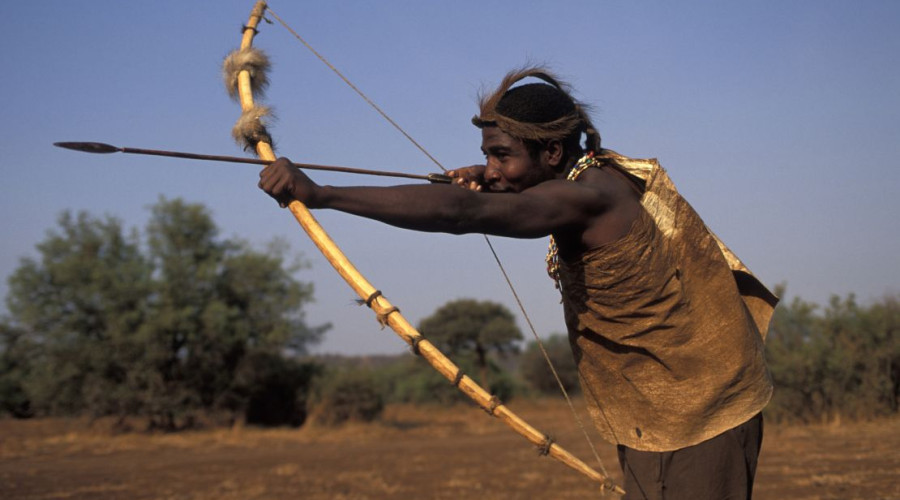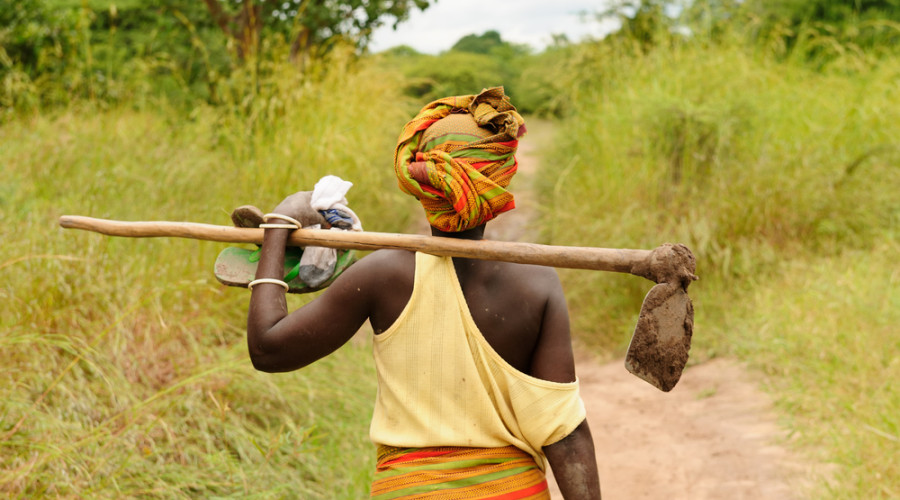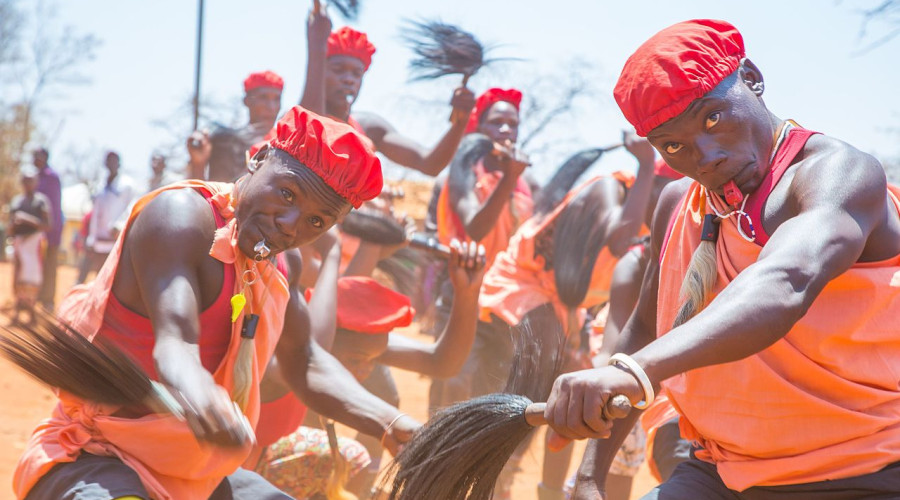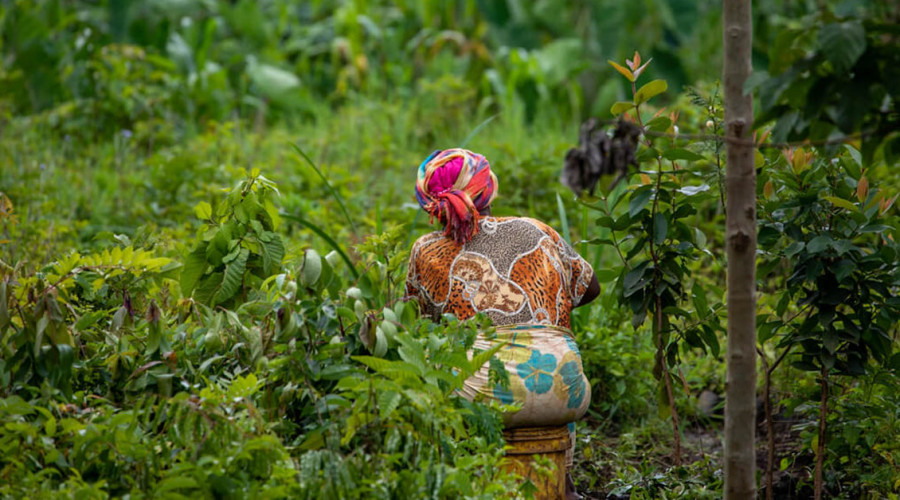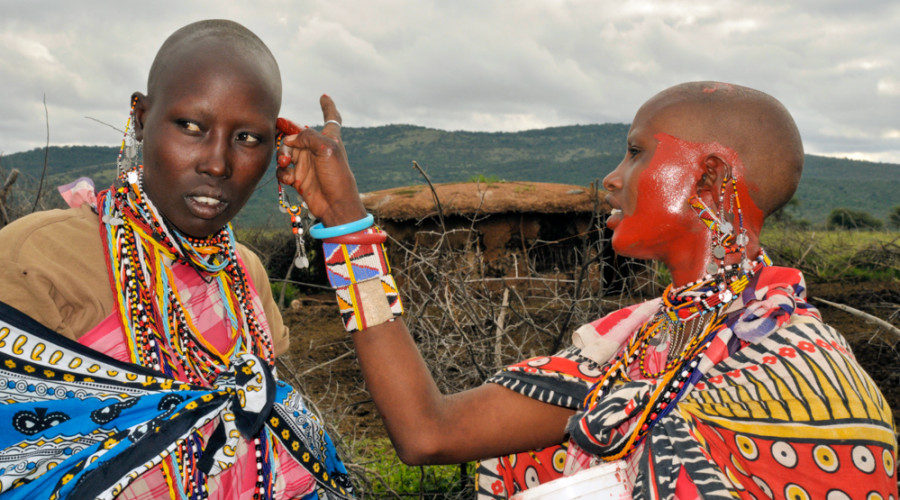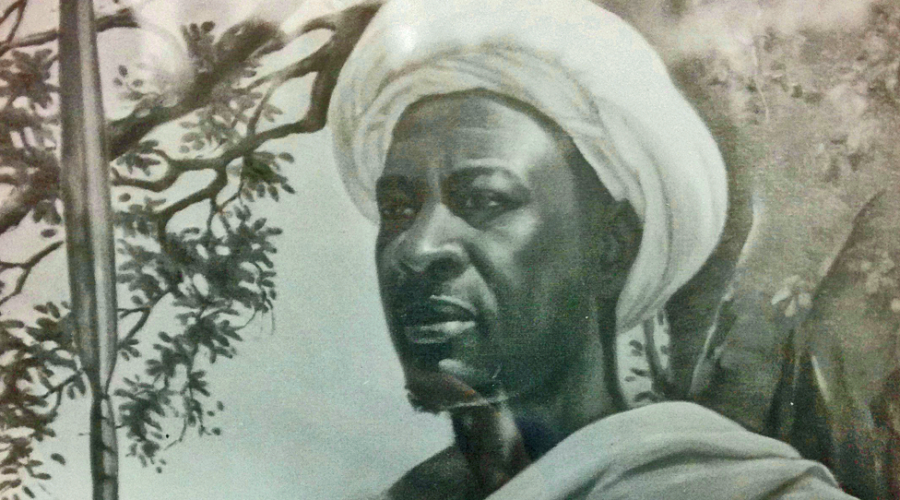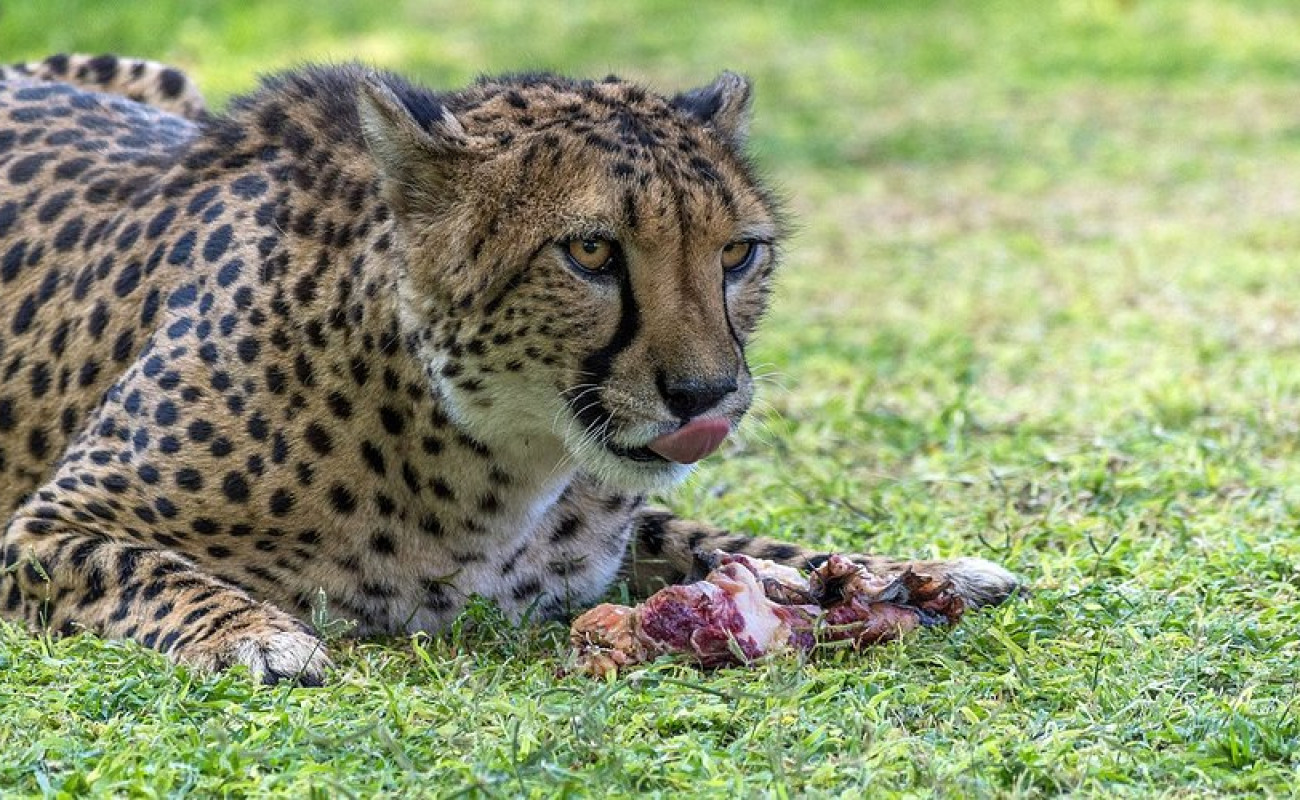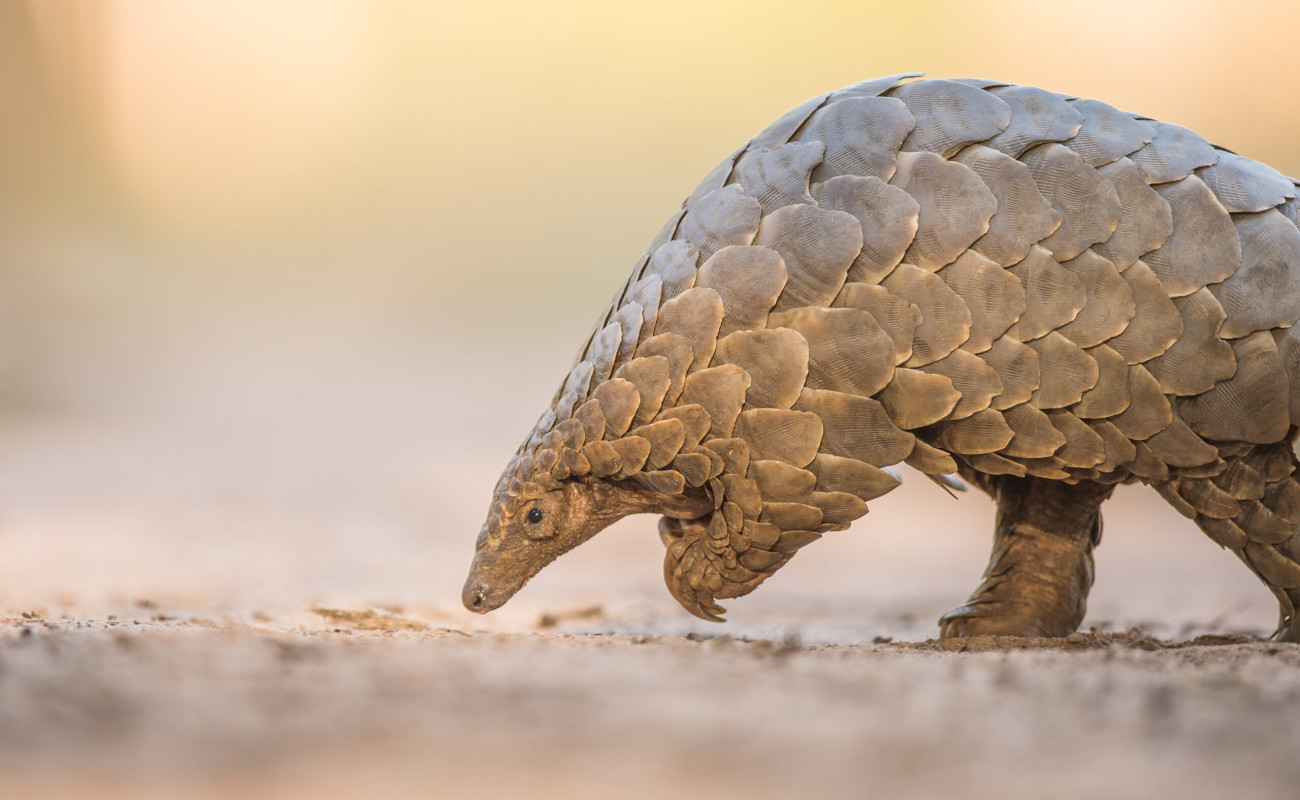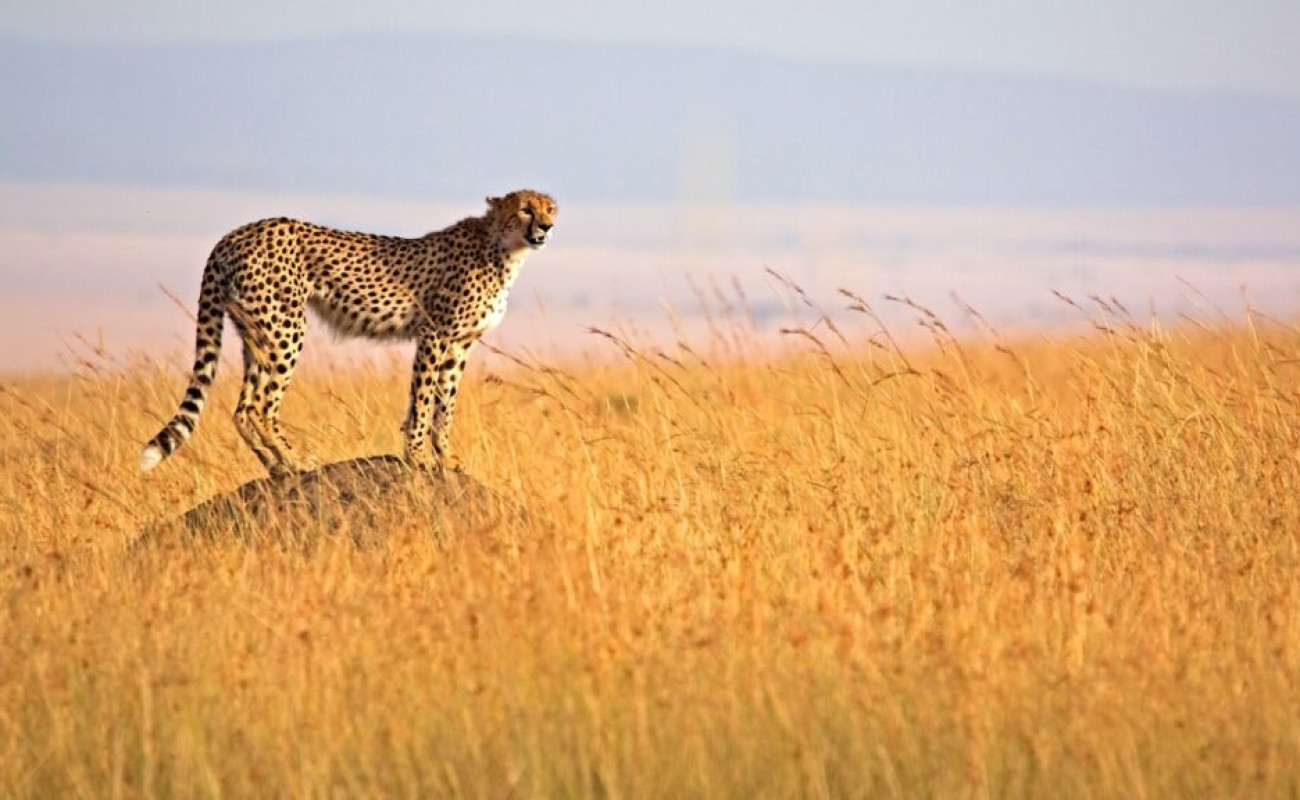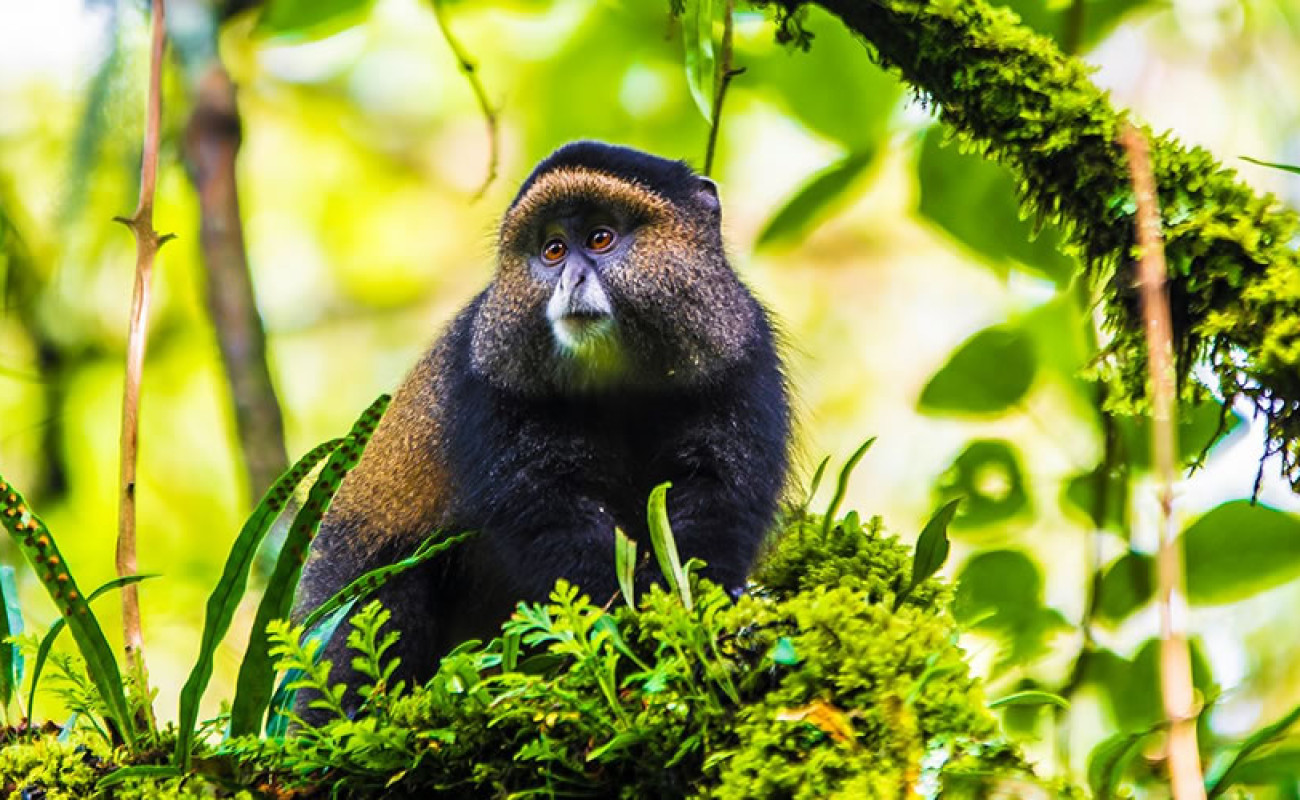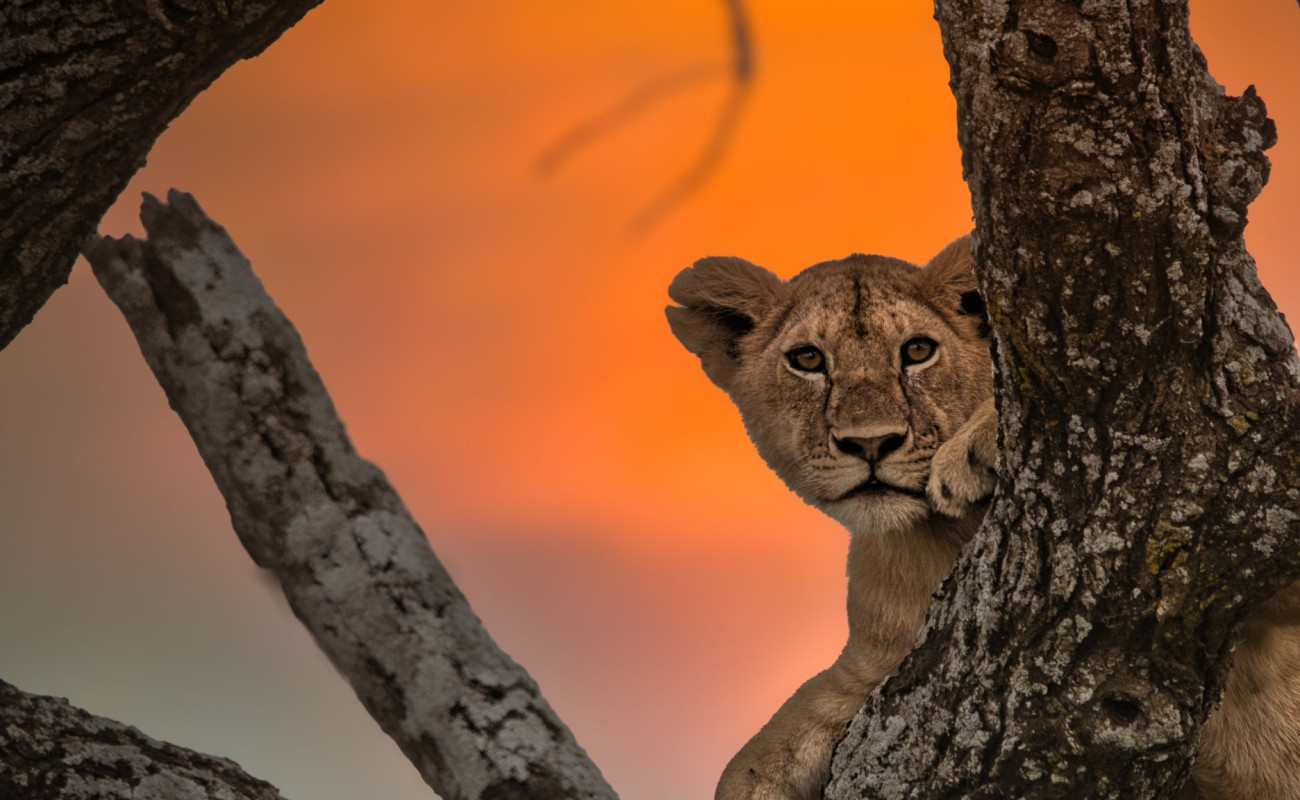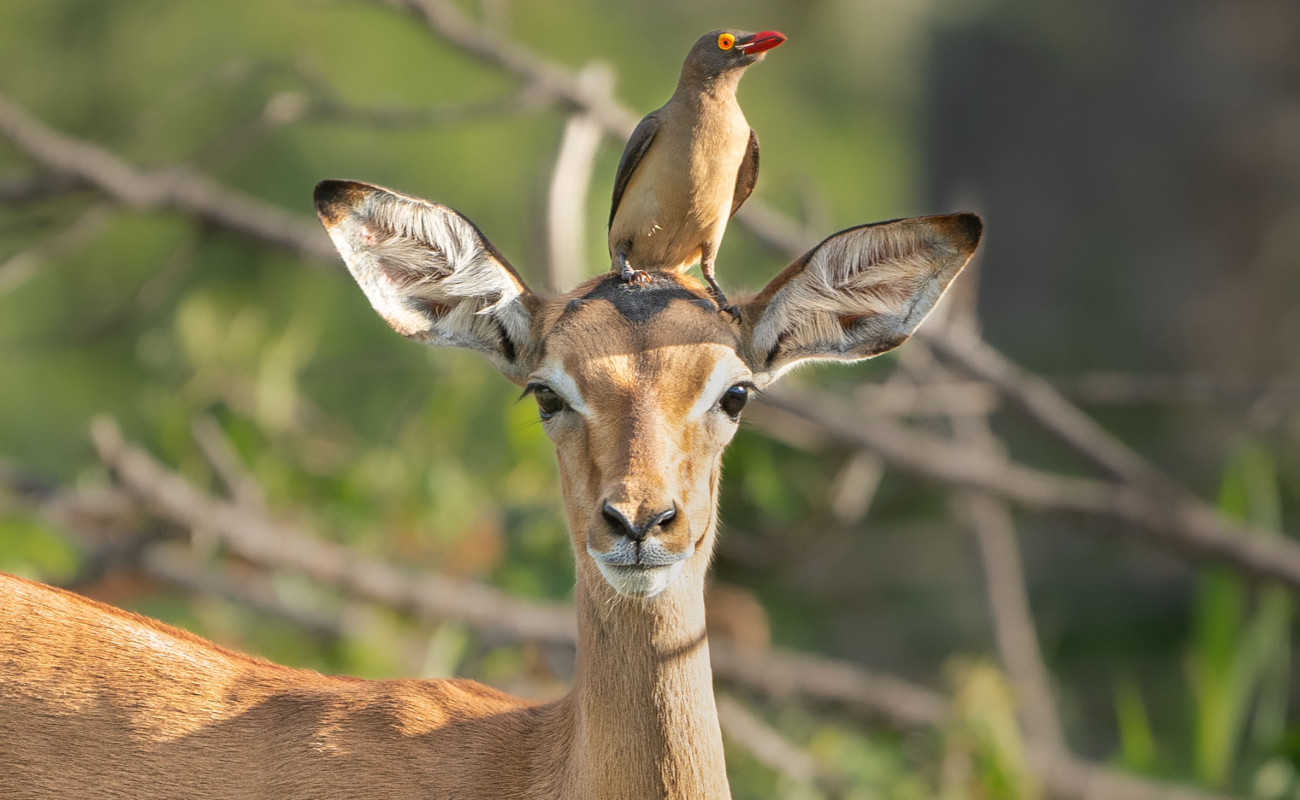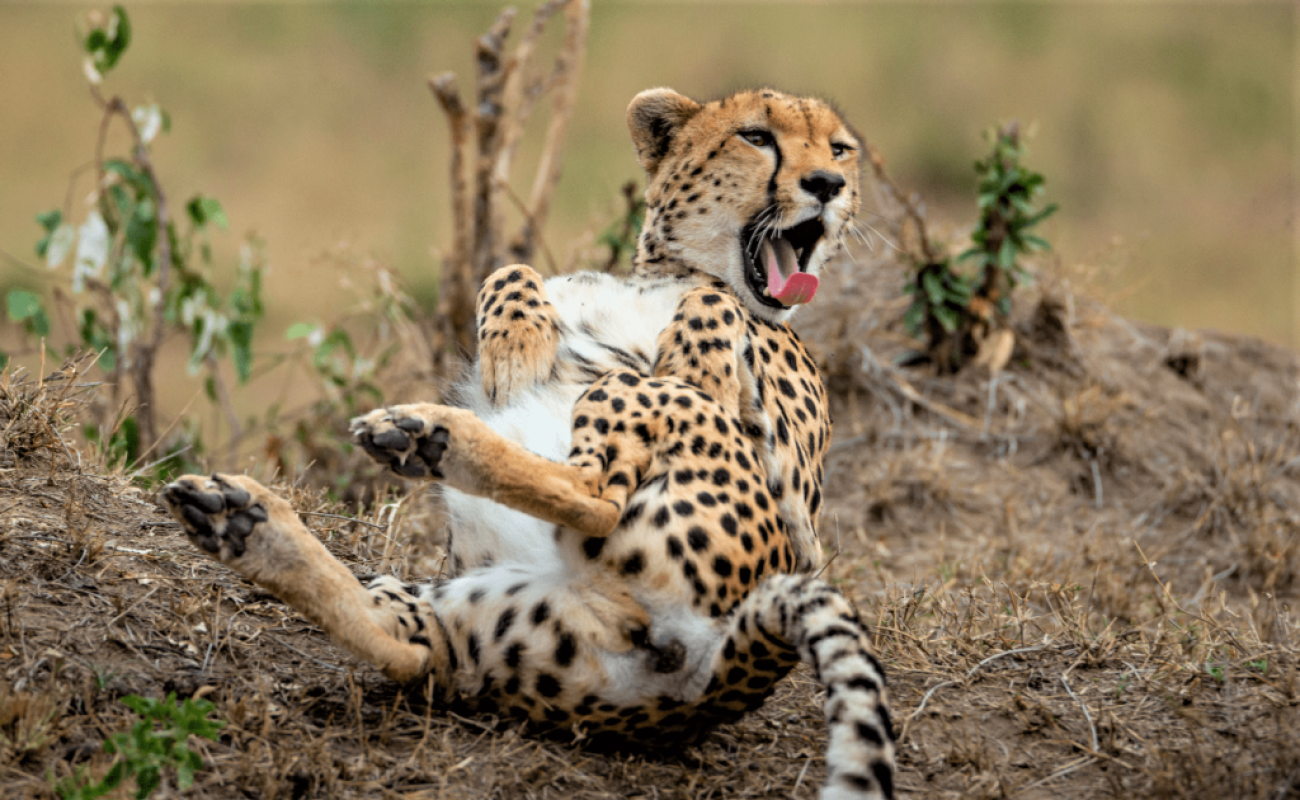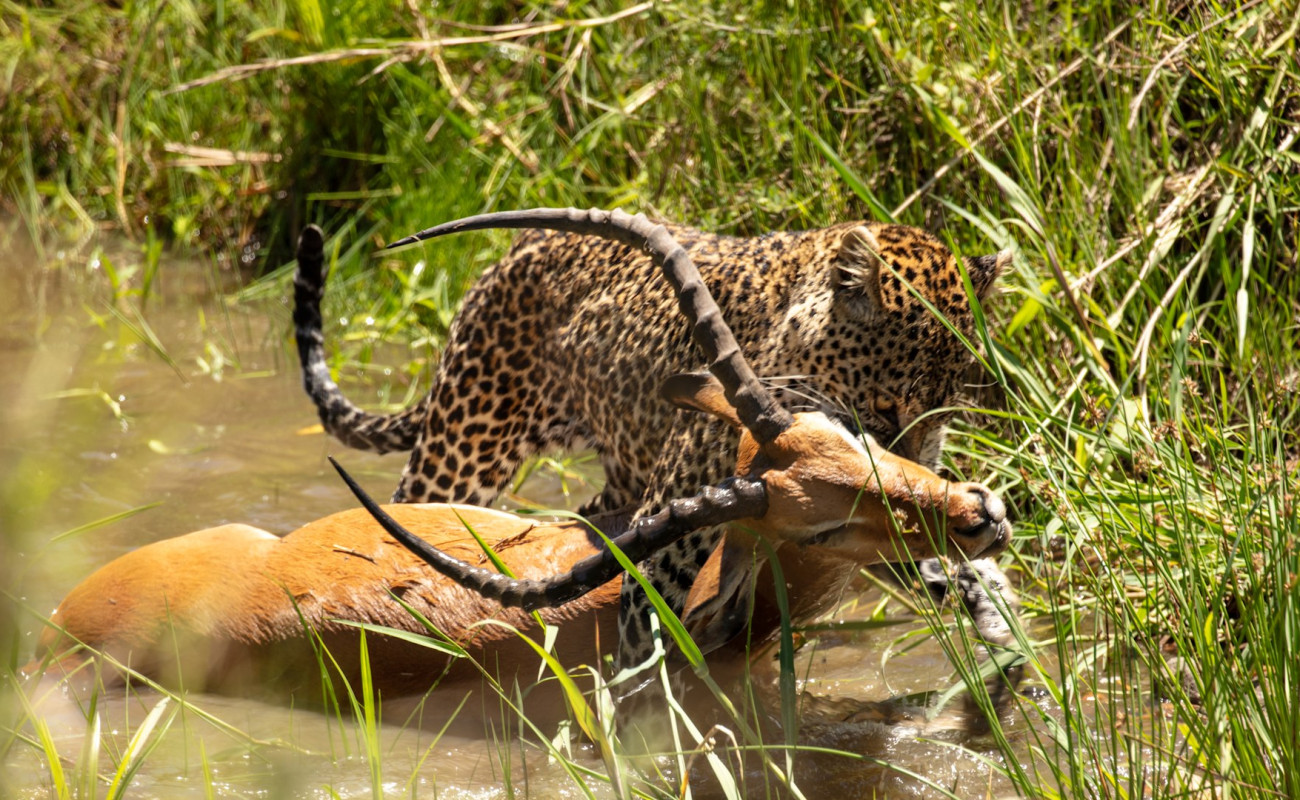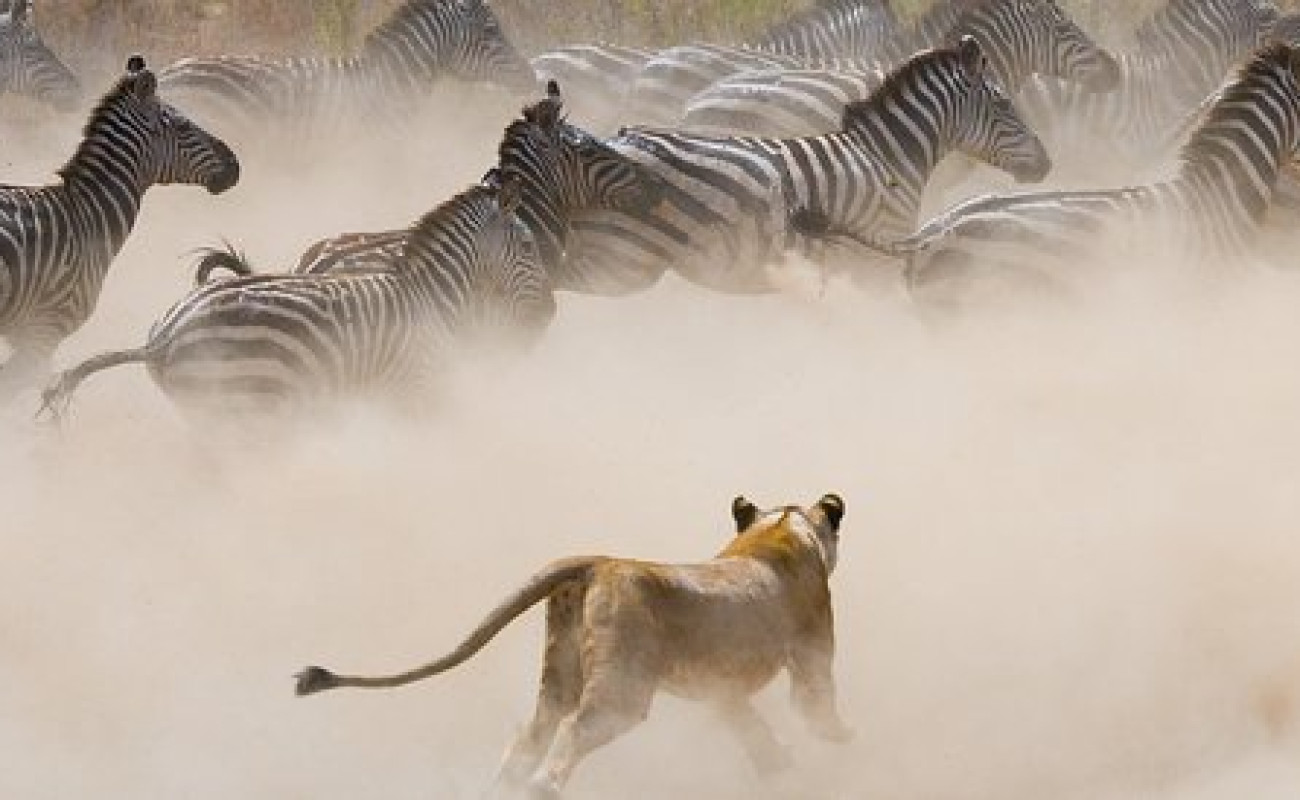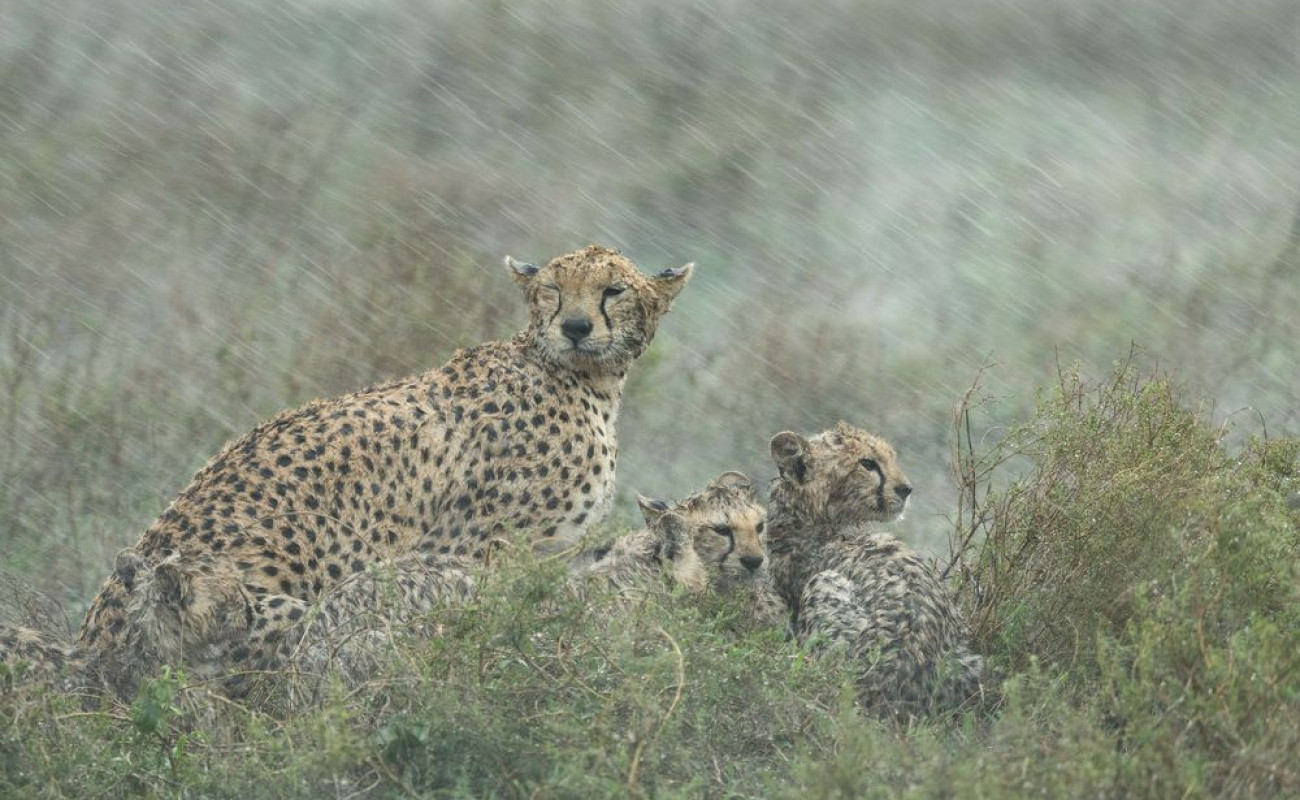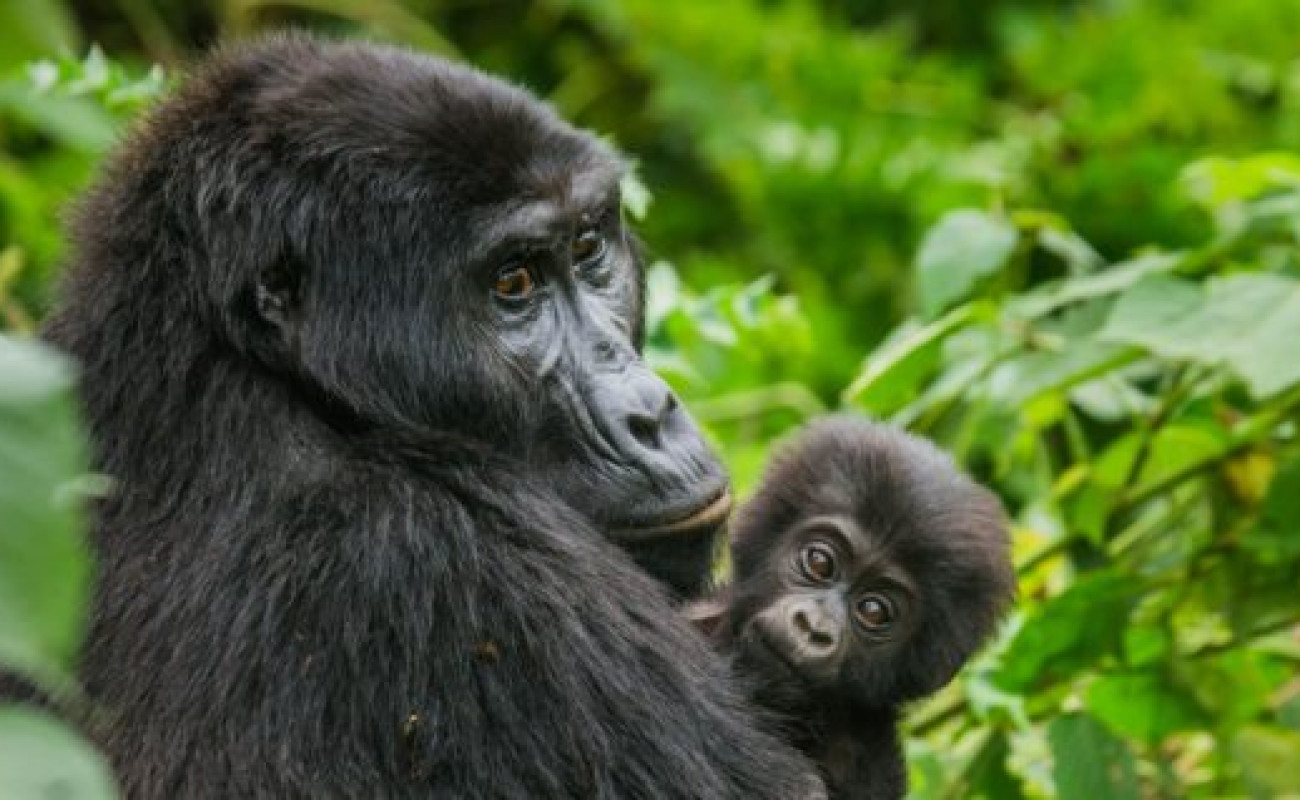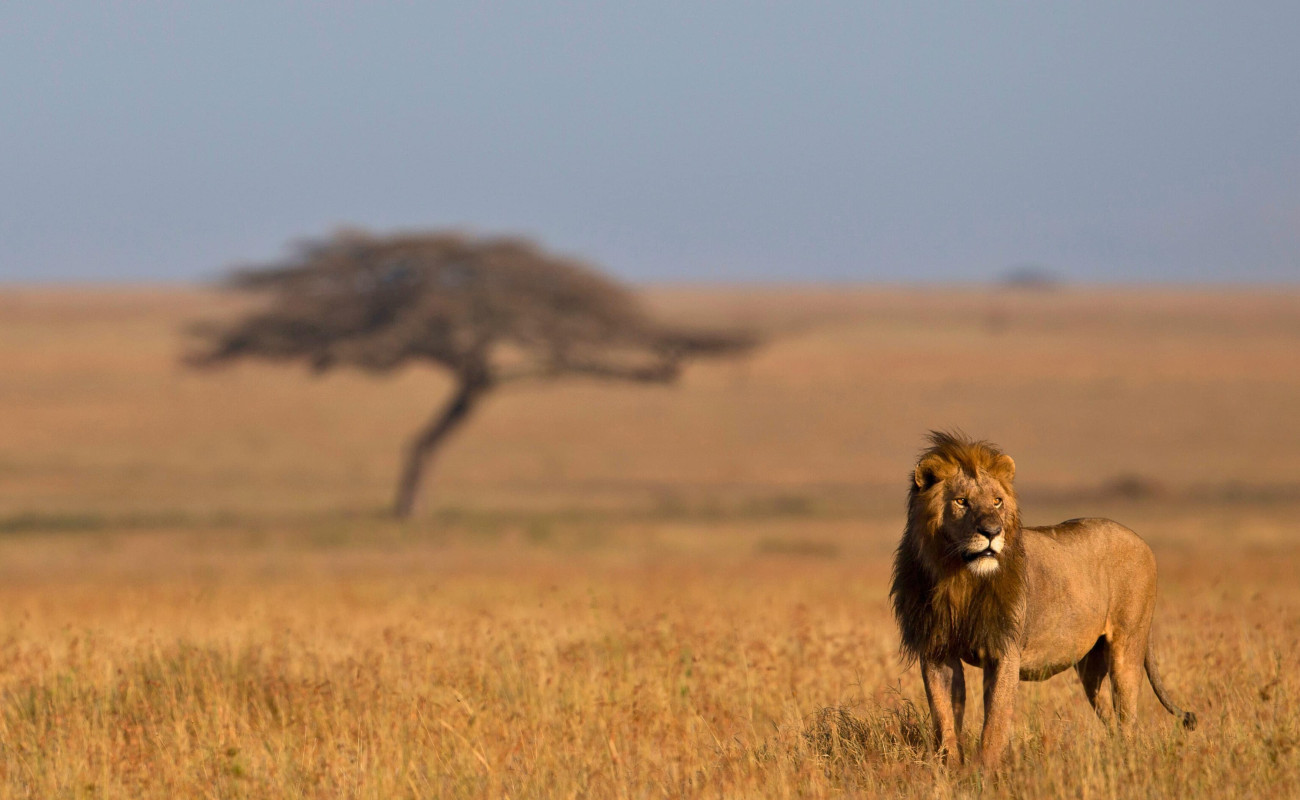Where: Iringa Region
Population: Approx. 1 million
The hehe people are remembered for their resistance to German colonial rule during the Hehe War, led by the legendary Chief Mkwawa. Their history of bravery and self-determination forms a powerful narrative in Tanzania’s struggle for autonomy.
Today, the Wahehe continue their farming traditions—growing maize, beans, and millet—and maintain cultural rituals that honor their warrior ancestors. Their songs, dances, and oral histories echo the strength and resilience of their past.
At Eagle Soul Adventure, we believe cultural heritage is as sacred as the savannah. Our immersive cultural tours invite you to go beyond sightseeing and step into living stories. Whether it’s sharing a traditional meal with a Chaga family, learning archery from the Hadzabe, or dancing with Sukuma elders—each moment is authentic, respectful, and enriching.
These tribes are not relics of the past. They are thriving communities with wisdom, values, and beauty that shape Tanzania today. Let us guide you to their villages, ceremonies, farms, and firesides—where culture lives, breathes, and welcomes you.
Come walk with the tribes of Tanzania.
Come journey with Eagle Soul Adventure.
